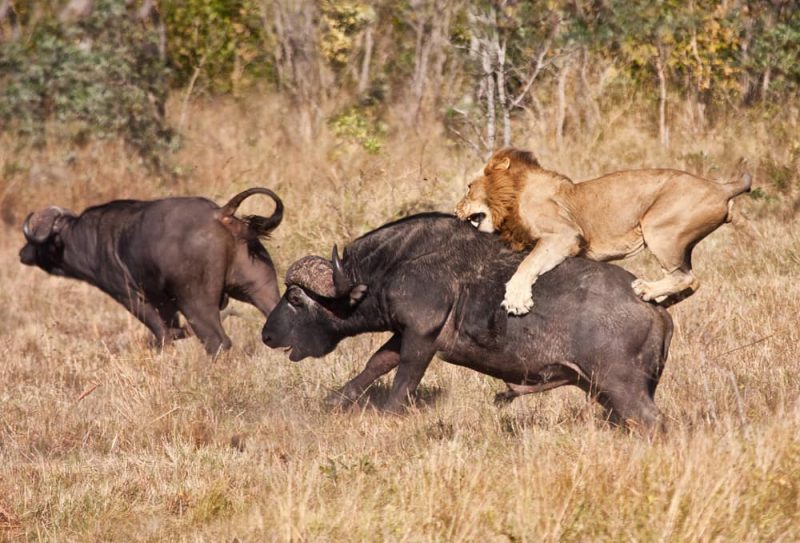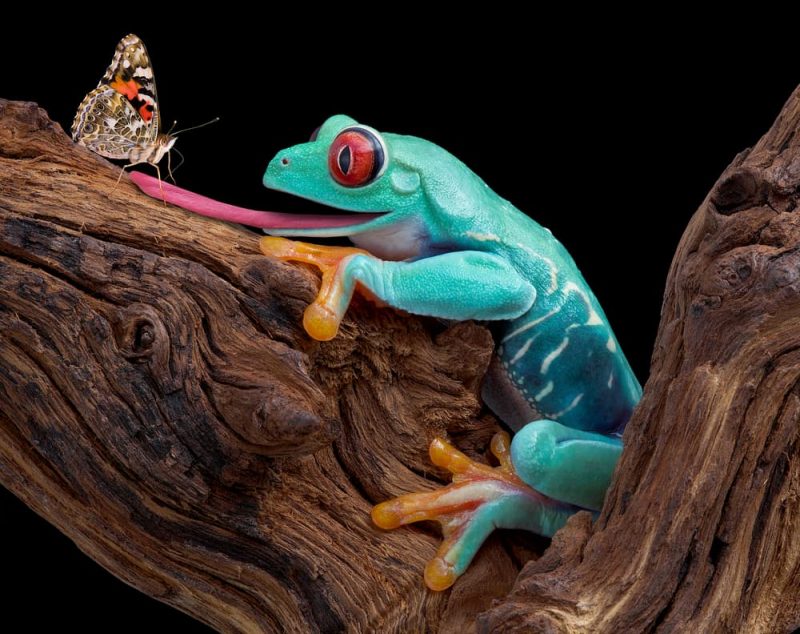The predation It is that biological relationship in which one species needs to hunt another to survive, since it represents its only possibility of feeding. For example: the wolf is a predator of the elk, the gazelles are prey to the lion.
Predation always played a central role in everything Evolutionary process. With rare exceptions, the individuals belonging to the predatory relationship (called predator and prey) are of different species, and in some cases one predator can be prey to another at the same time, while one animal can be prey to several predators.
In predation, unlike many of the other biological relationships in nature, there are a single injured party and a single beneficiary: the predator needs the prey, while the prey may only need to protect itself from the danger that lurks. The fighting relationship includes visual or olfactory stimuli that the predator brings him closer to the prey, or a stalking that is carried out silently to avoid wasting energy.
Types of relationships
The so-called biological interactions or relationships can be of different types:
- Parasitism. If one organism obtains its food from another and harms it by doing so, it is its parasite.
- Commensalism. If an organism A obtains some benefit (service or resource) from another organism B, while organism B neither benefits nor harms itself, organism A is a commensal.
- Mutualism. Both agencies benefit from the relationship.
- Competence. Two living things can require the same resources for their growth. For example, two trees that are located close together may need to use nutrients from the soil, moisture, and sunlight. In these cases, they become competitors and hurt each other.
- Cooperation. Both species benefit from the relationship, but their existence does not depend on that relationship, as occurs in cases of mutualism.
Role in the evolutionary process
Predation has always been at the center of the evolutionary process. It is even part of the ecosystem, and the reductions in some species that it generates help to maintain a balanced nature: if one of them began to grow uncontrollably, it would possibly end up breaking the balance of the ecosystem.
Predators take care of keep the ecosystem balanced, and they are clever at controlling the number of members of the other species: they know perfectly well that if this does not have the possibility of continuing to grow demographically, its main source of food will surely end up disappearing.
Animal adaptations
It is frequent that they occur physical adaptations tending to take advantage of this fighting relationship, being that the predator usually develops claws, sharp teeth, speed, agility, decides to carry out the hunting in a group and the surprise attack, while the prey defend themselves by running, hiding, even pretending their death and spewing substances with an unpleasant odor or taste.
Camouflage
One of the most striking circumstances of the predation process is camouflage, where an organism is capable of modify its color and shape becoming similar to the landscape, becoming more difficult for recognition by the predator in the case of a defensive attitude, or by the prey if the change is by the predator.
Animals, then, acquire a resembling inanimate objects like stones, trunks, leaves and branches, in such a way that they are almost impossible to appreciate unless a movement makes them especially striking: this behavior was replicated by human beings for the jungle activities of hunting and warfare.
Examples of predatory relationships

- The lion, predator of impalas, zebras, buffalo (see image).
- The wolf, predator of the elk.
- Rattlesnakes, prey for badgers and some hawks.
- The American mink, a small predator of fish and mollusks.
- The gazelles, prey of the lion.
- The weasel, predator of rodents.
- The badger, a predator of worms.
- The tiger, predator of wild boars.
- The shark, predator of many fish.
- Mule deer, prey to the puma.
- The anaconda, the most important predatory amphibian.
- The frog, predator of the beetle.
- The heron, predator of the crayfish.
- The hares, prey of the wolf and the fox.
- The tiger, predator of buffalo.
- The alligator, predator of some fish.
- The mice, prey of the jackal.
- The leming, prey of the arctic owl.
- The African lion, predator of a zebra.
- The tiger, predator of some fish.
- The jaguar, predator of deer.
- The seal, predator of some fish.
- The jackal, predator of birds.
- The jaguar, a predator of tapirs.
- Flies and butterflies, prey for frogs.

